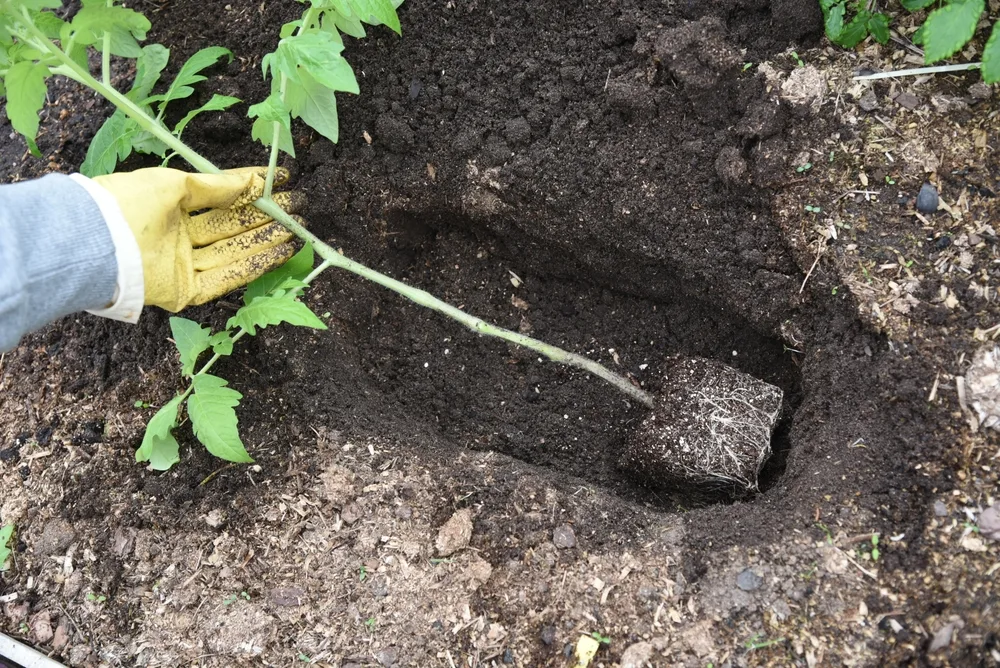
Some tomato varieties have purple fruits, adding a wonderful pop of color to salads and sandwiches. Other tomato varieties have leaves with a purple hue to them naturally.
However, if your previously green tomato leaves suddenly change color to purple, you’ve likely got a problem on your hands.
Follow this guide to identify the most likely cause and get your plants back to good health.
1. Potassium Deficiency
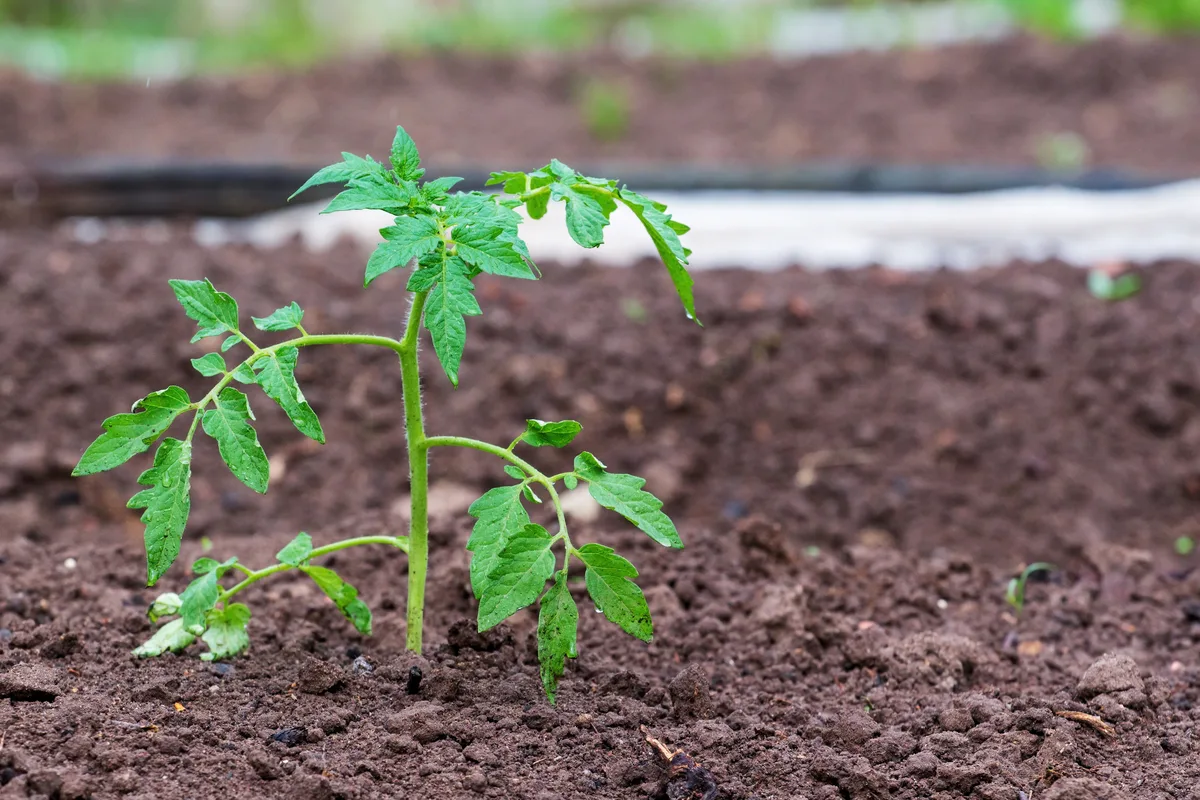
Potassium (K) is essential for vigorous growth. It plays a role in the manufacturing of sugars and starches to improve flower and fruit production.
It is also essential in the processes plants use to create their own food. Chlorophyll, located in the plants’ cells, helps absorb energy from the sun during photosynthesis. The plant then transforms water and carbon dioxide into oxygen and carbohydrates, stored to make new leaves and plant parts.
Potassium is essential in this process of photosynthesis. Insufficient potassium will result in poorly formed plants and can turn their leaves purple.
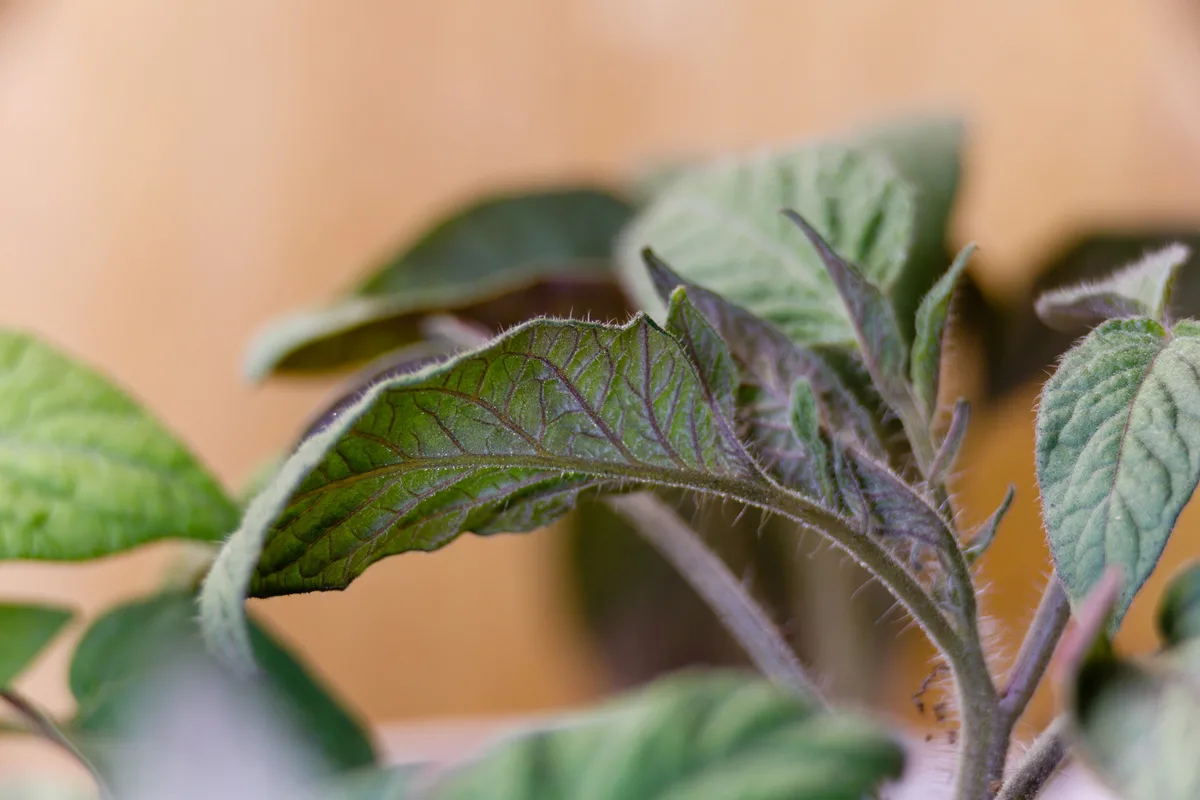
To rectify the problem, feed the tomatoes with a fertilizer high in potassium. Seaweed or kelp-based fertilizers are rich in potassium, as well as products that contain granite dust or wood ash.
2. Magnesium Deficiency
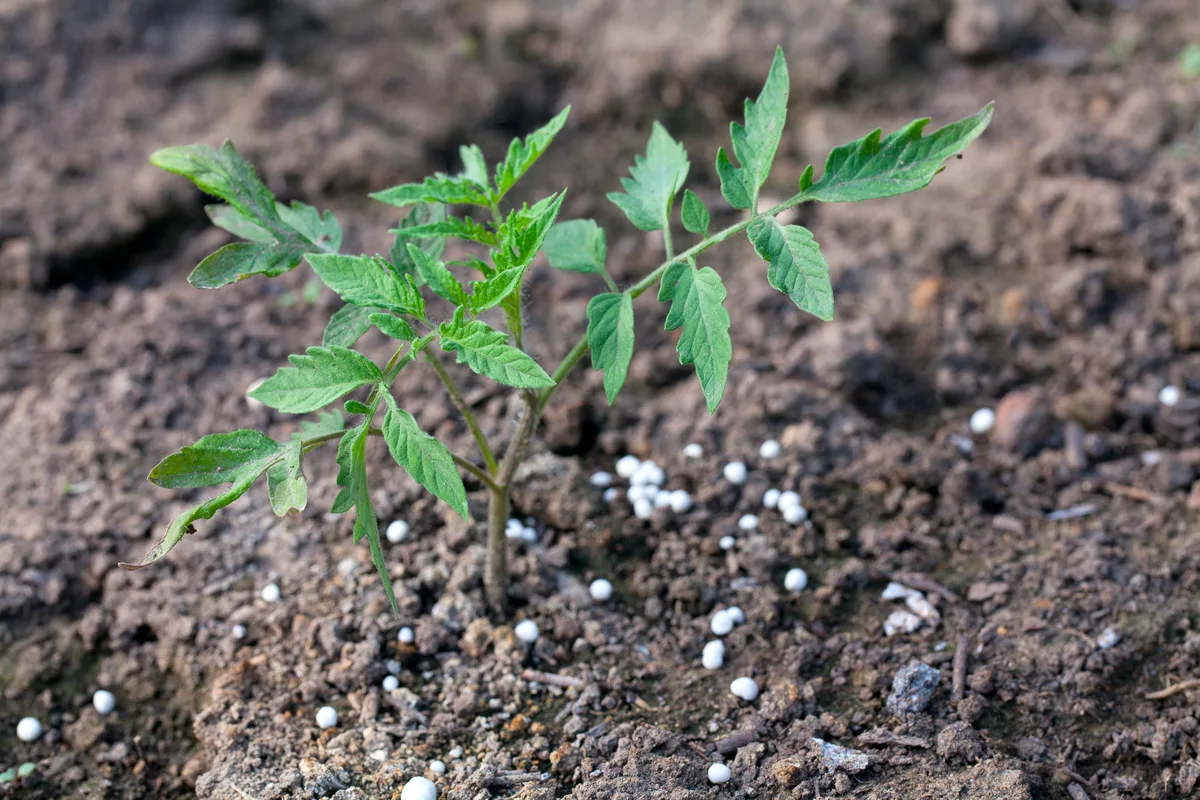
Magnesium (Mg) is found in the central core of the chlorophyll molecules in plants’ cells. It is also, along with potassium, essential in the process of photosynthesis. If there is a shortage of magnesium, there is a shortage of chlorophyll, resulting in stunted and poor plant growth and potentially purple leaves.
Organic compost is a good source of magnesium. Rectify the problem by adding organic compost regularly to the soil, mixed in or even as a mulch.
You can also add magnesium in the form of magnesium sulfate, commonly known as Epsom Salts.
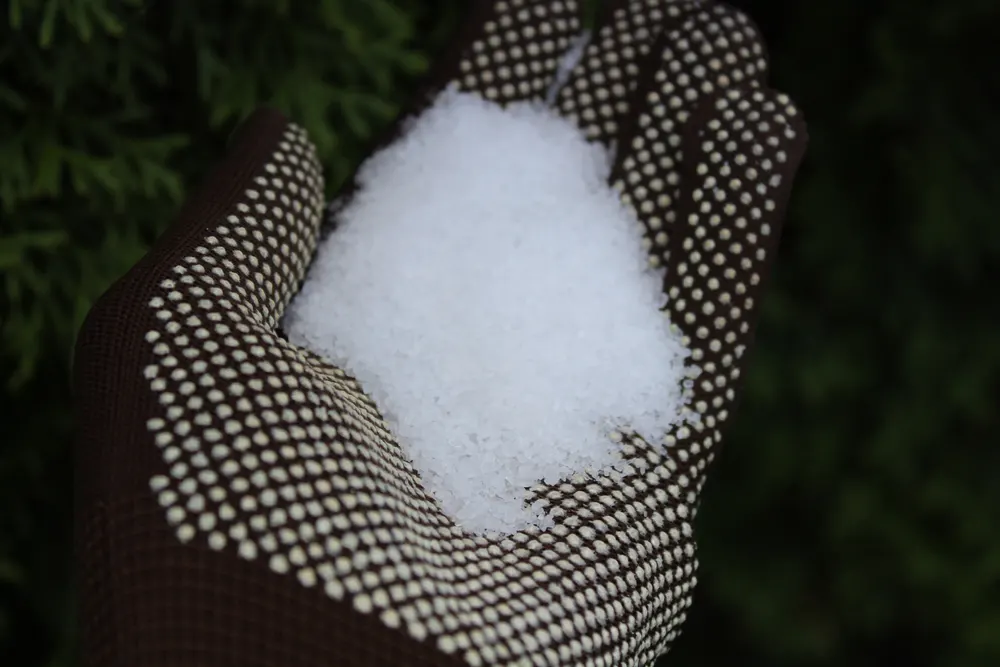
The recommended dose for a plant is 1 tablespoon of Epsom Salts in a half-gallon of water per foot of plant height. Spray the solution on the leaves of the plants every 2 weeks and they should return to normal.
3. Phosphorous Deficiency
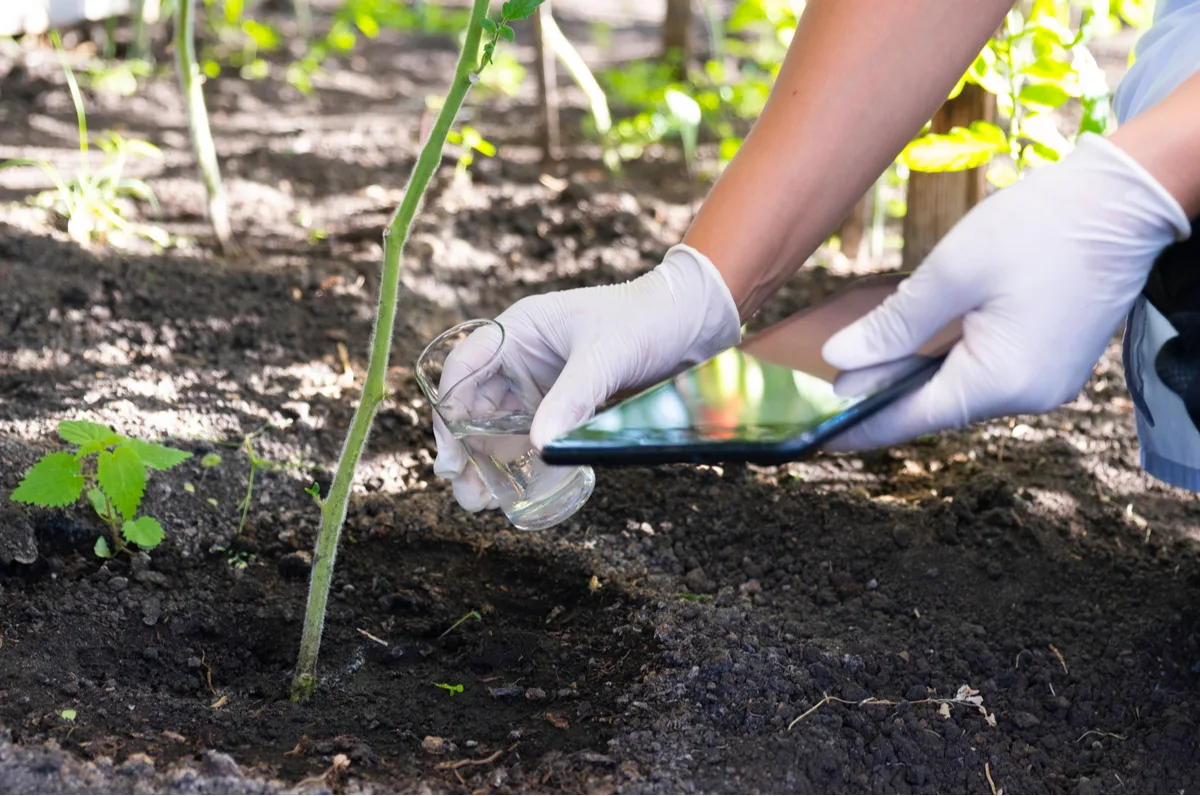
Phosphorous (P) is critical for root growth. When there is a deficiency of phosphorus in the soil or the plant is struggling to absorb it, the leaves may turn dark green and slightly purple. Without any intervention, the plants will experience stunted growth and delayed flowers. The leaves could even curl and become spotted.
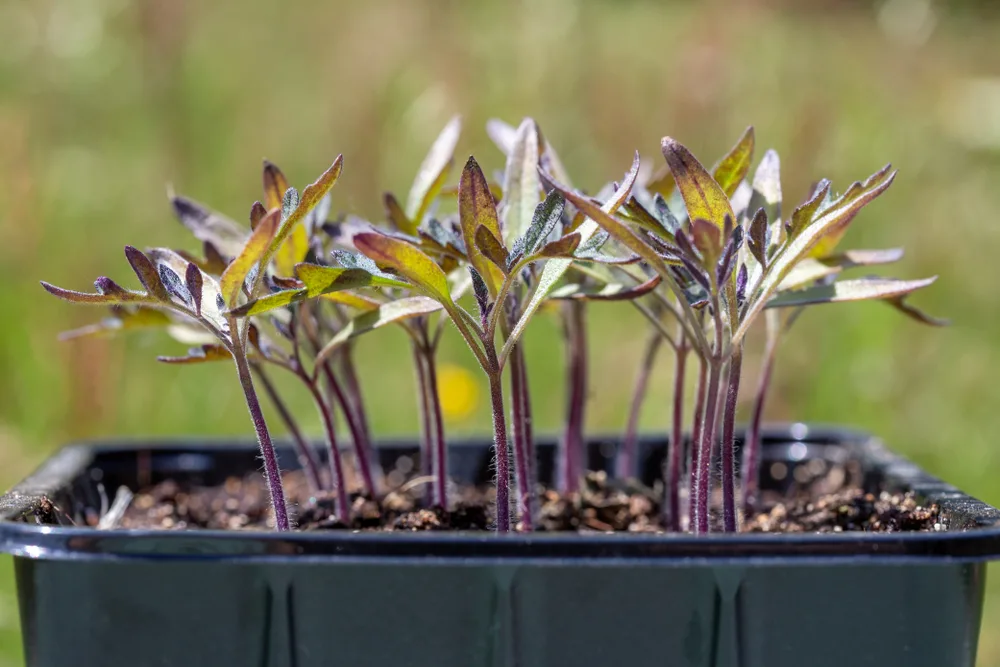
Feed the soil around the plants with superphosphate or bone meal and top with an organic mulch to warm the soil to resolve the issue.
4. Cold Soil
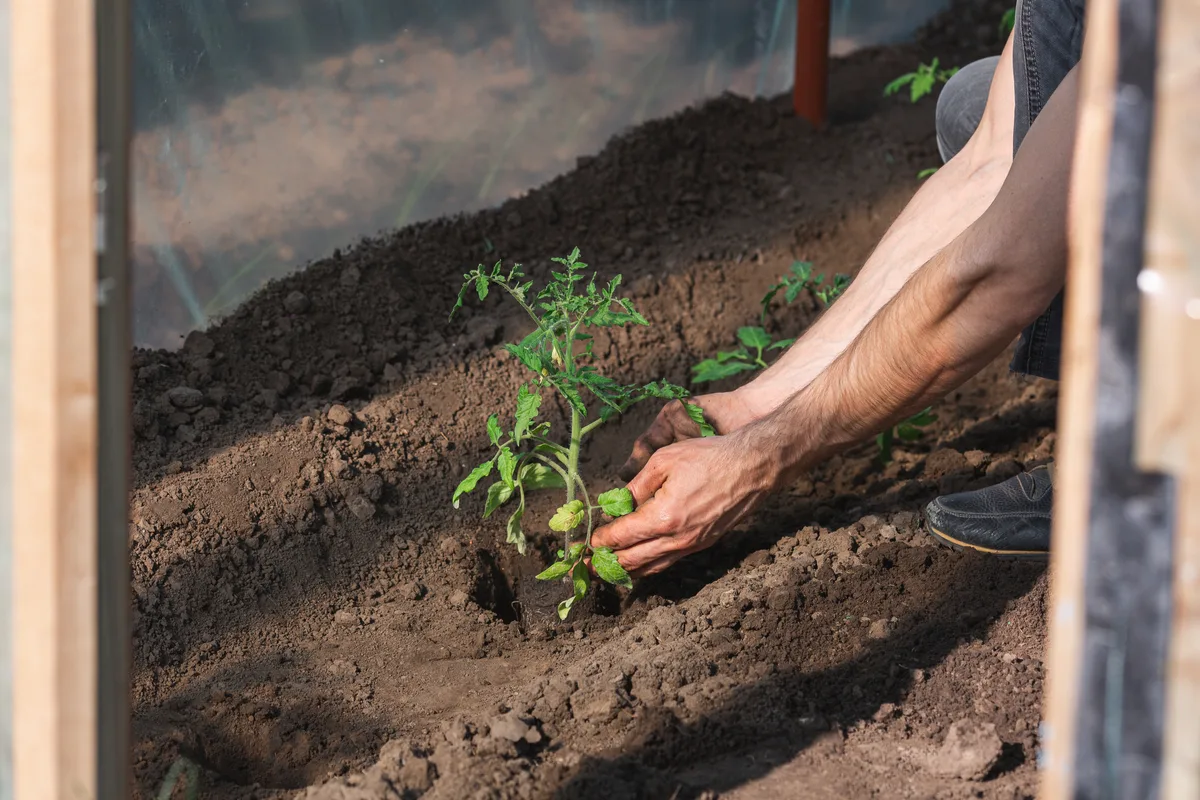
Tomato seedlings have trouble absorbing essential minerals like potassium and phosphorous from soil that is too cold. This means that the leaves may turn purple or even yellow until the soil warms up.
This problem may resolve itself when the soil warms up and the leaves will turn back to their natural green. However, the growth of the plant may be stunted or deformed. It may not produce enough flowers for a good fruit harvest either.
Rather plant seedlings later in the season when the soil is warmer to prevent this problem.
5. Sunburn
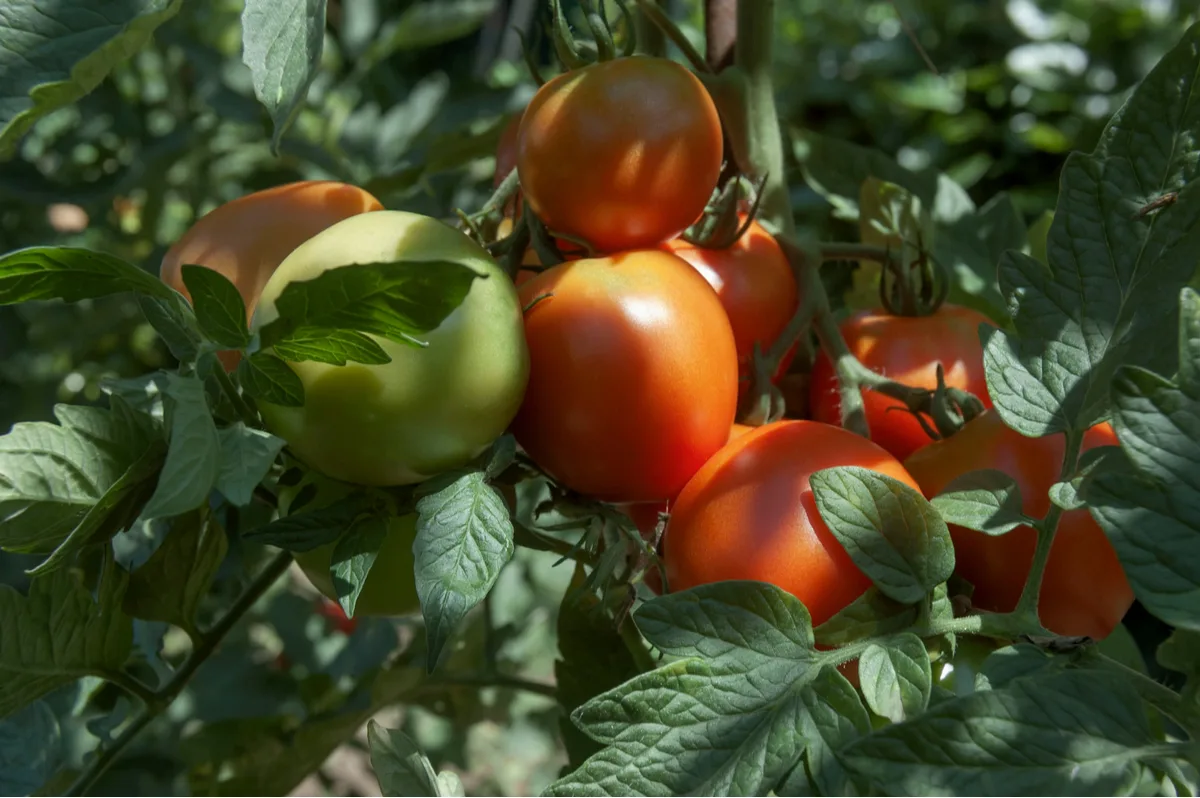
Seedlings that get too much sunlight or get too close to grow lights may suffer from sunburn. The leaves may turn purple or red and start to curl and crisp if left unattended.
Adjust the light source for the seedlings and treat with a general fertilizer if necessary.
6. Viral Infections
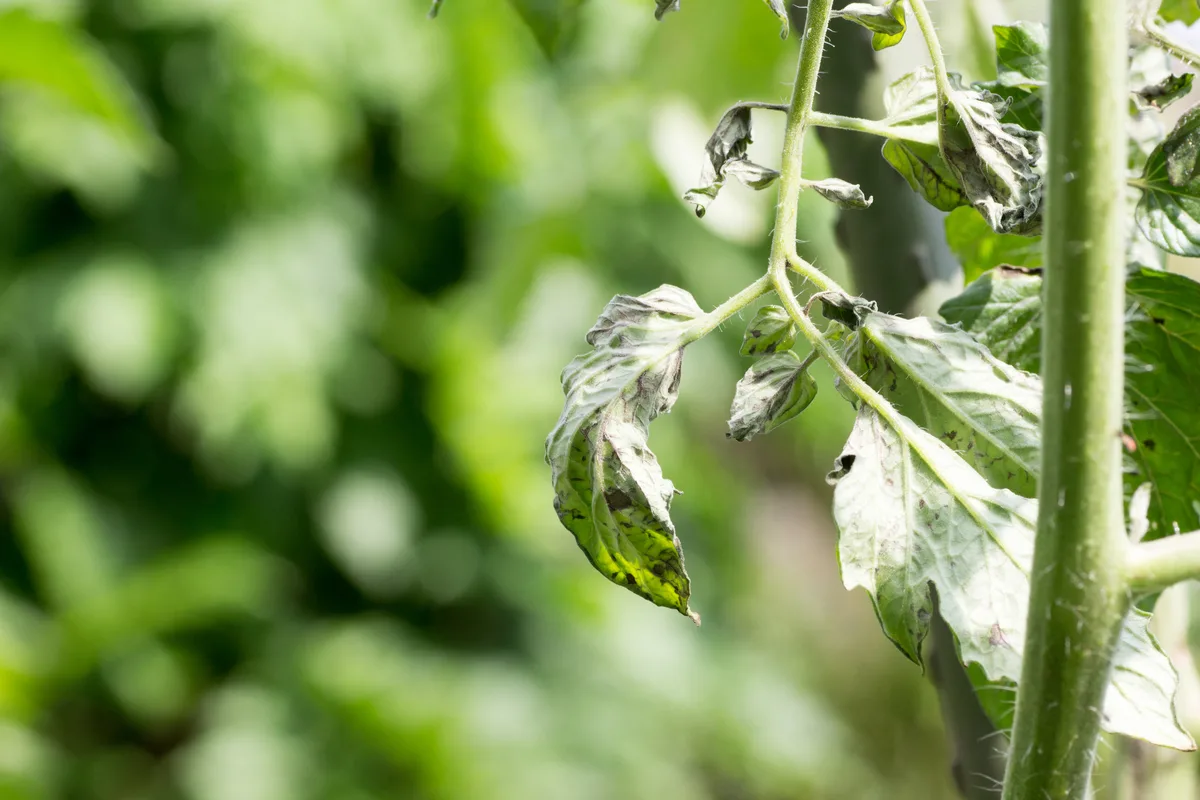
Some viral infections may cause the leaves of tomatoes to turn purple or appear purple. Tomato spotted wilt virus (TSWV) is one of those that form dark brown to purple spots on the leaves. The virus is carried by the thrips and will cause the fruit to distort and have yellow ring marks.
The only way to treat this virus is to treat the thrips. Try neem oil or insecticidal soap.
Stronger action may be required in the form of a pesticide specifically formulated for use on thrips. Follow-ups will be necessary as they fly around and evade treatment. If the problem persists, the infected plants may have to be removed and destroyed.

